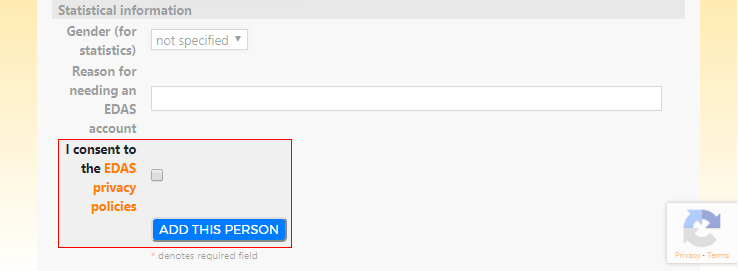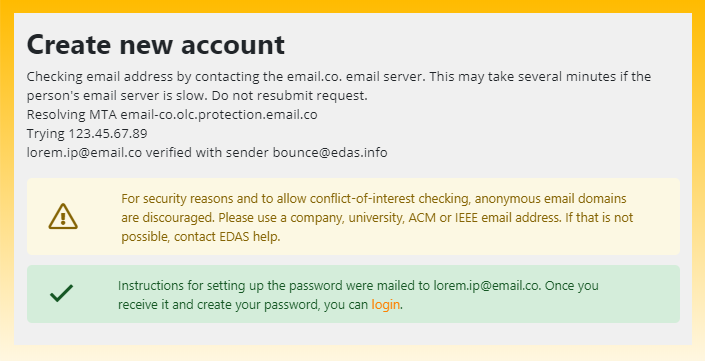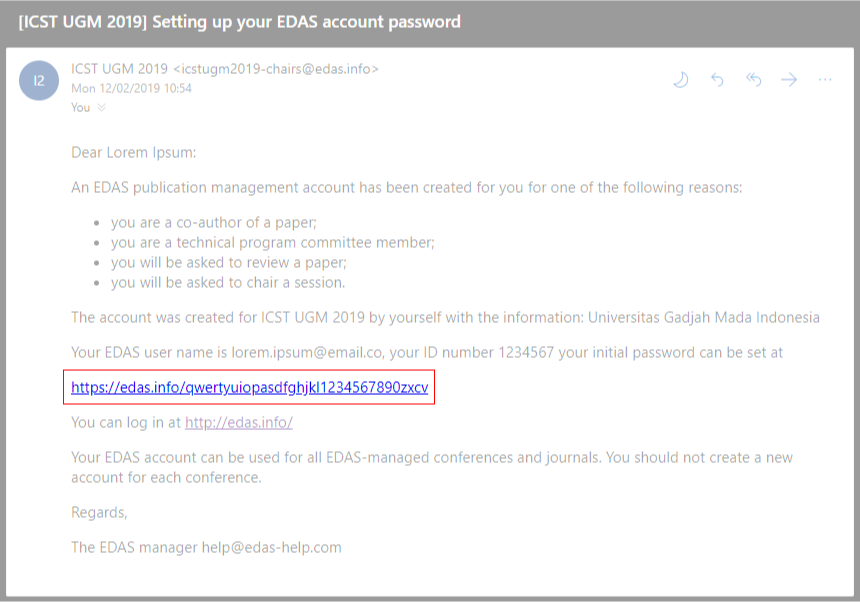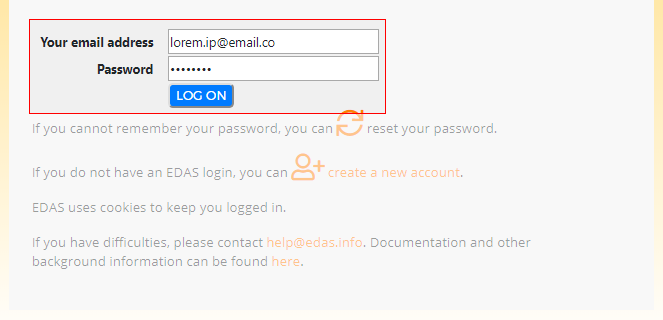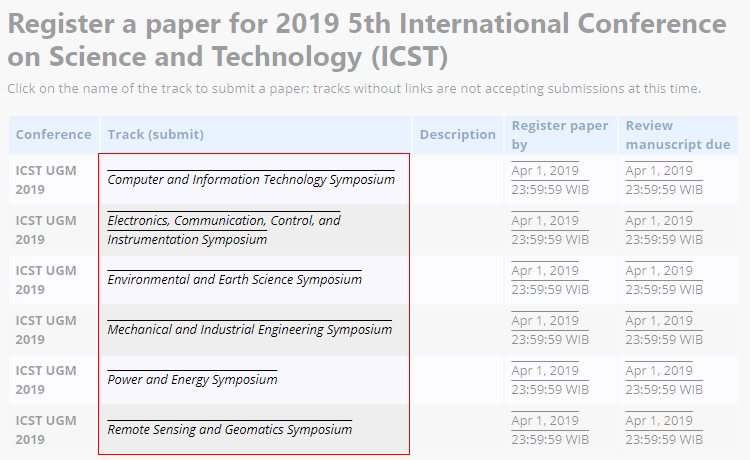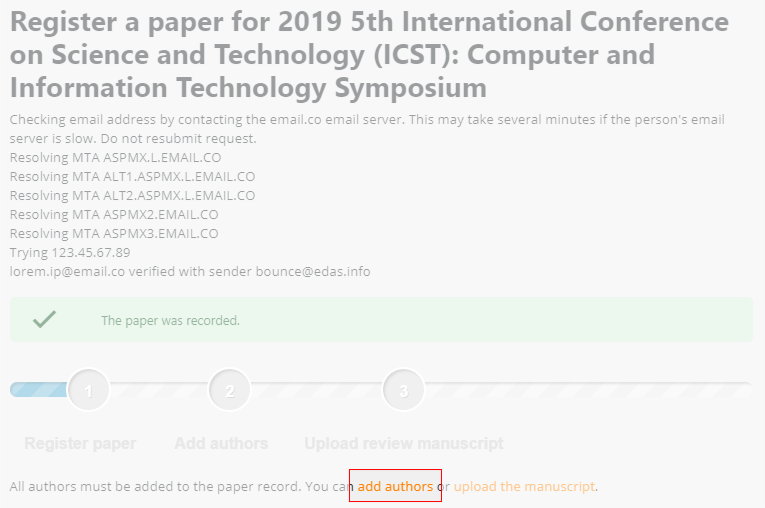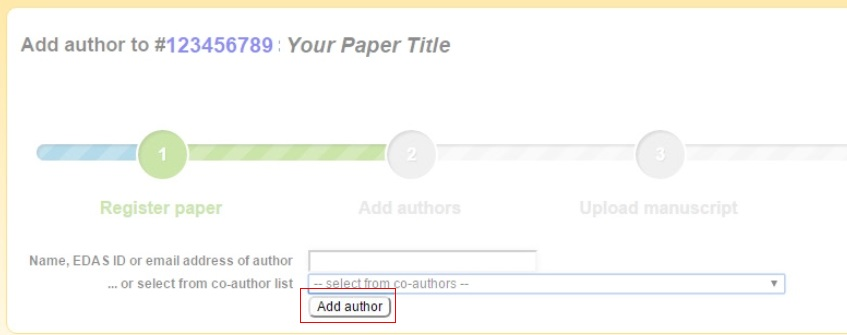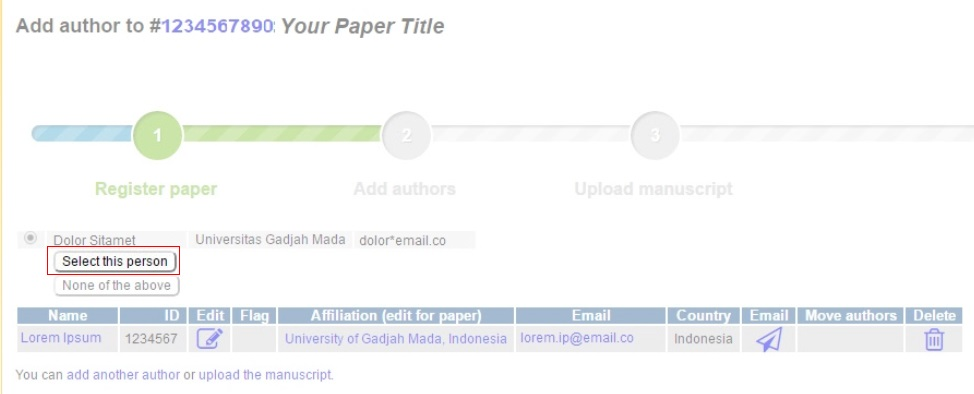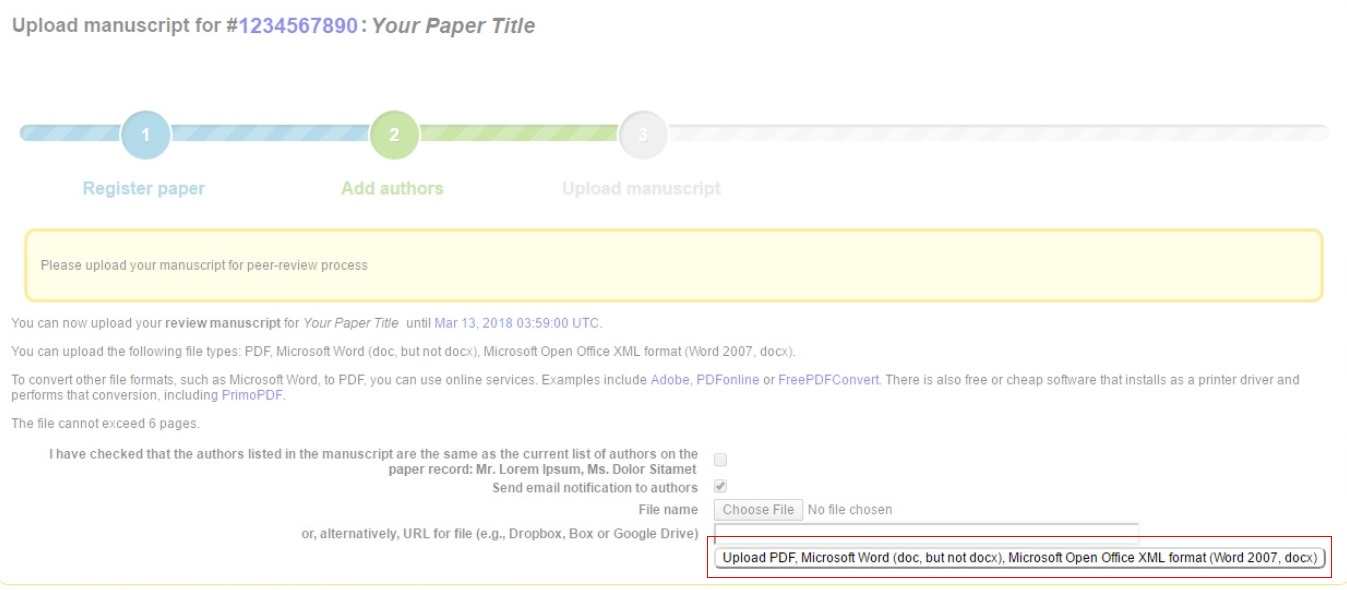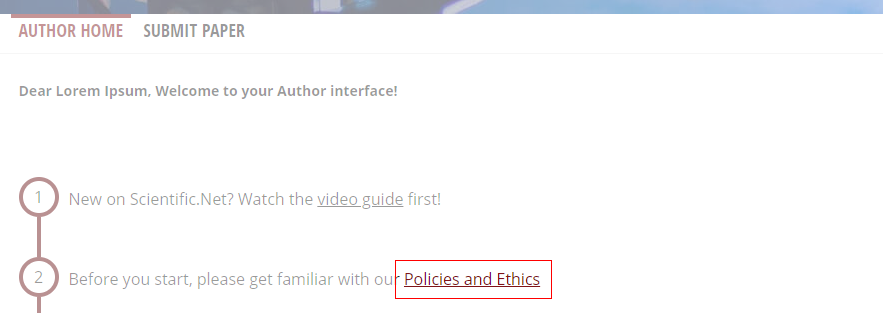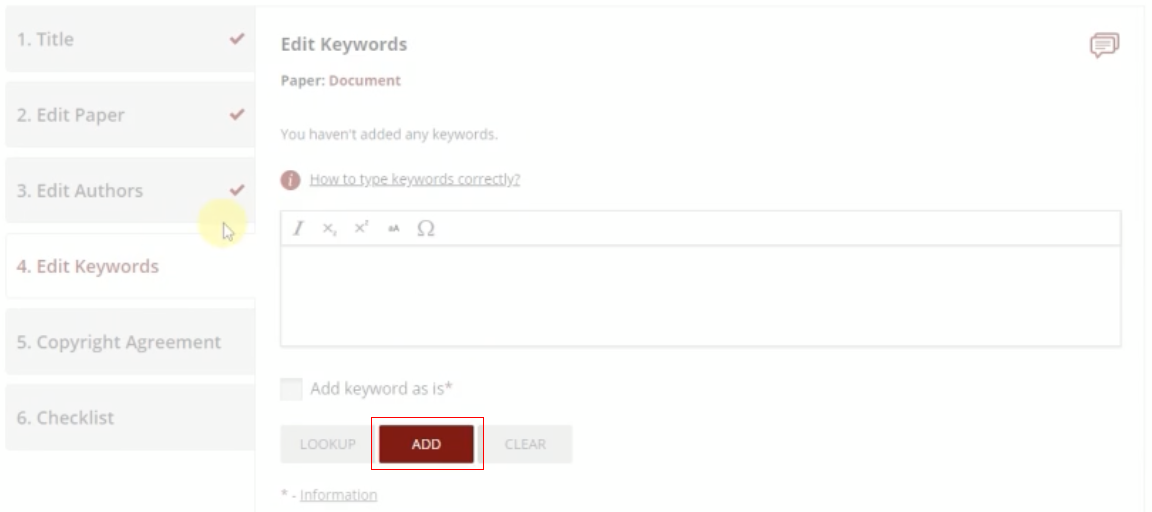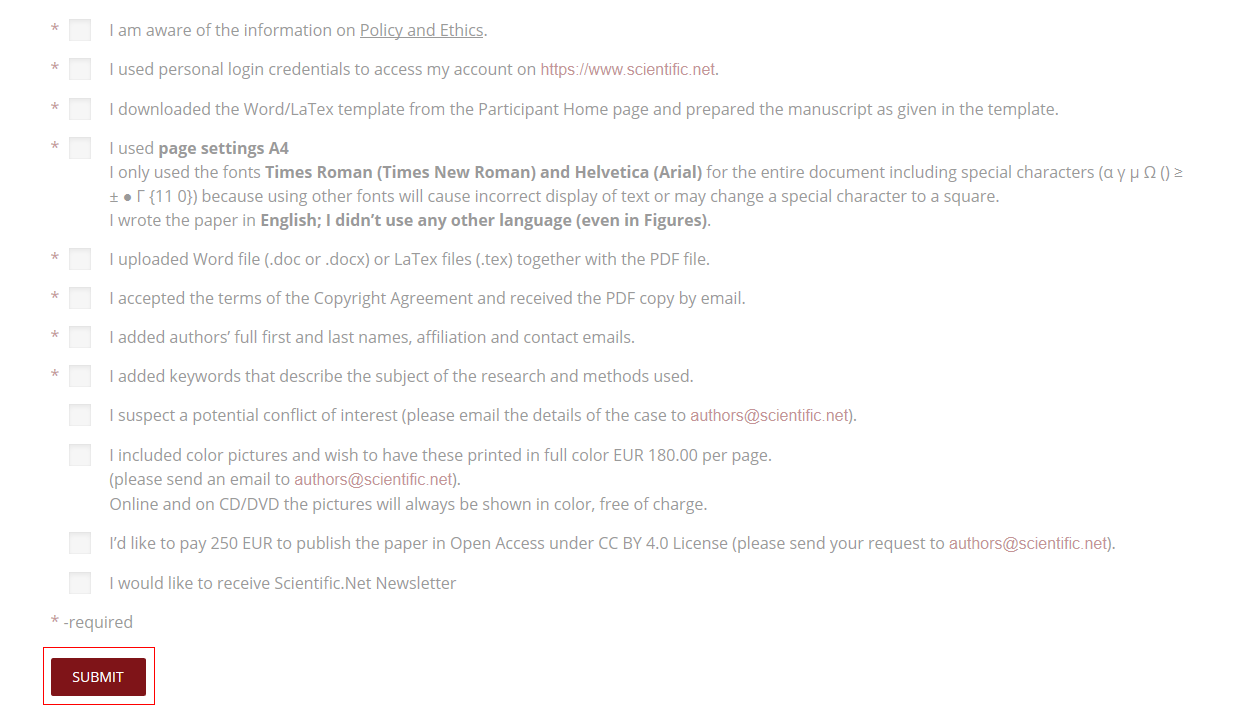Held as part of the Universitas Gadjah Mada Annual Scientific Conferences (UASC 2025) series, the Computer, Electronics, and Information Technology Symposium (CEIT) 2025 provides an ideal academic platform for researchers to present the latest research findings and describe emerging technologies and directions in computer, electronics, and information technology.
Topics
Artificial intelligence, Bioinformatics, Computational sciences, Computer graphics, Computer vision, Data sciences, Decision support system, E-government, Game design, Information system security, Knowledge discovery and data mining, Medical Informatics, Mobile computation, Modeling and simulation, Multimedia applications and technologies, Parallel computation, Pattern recognition, Signal and image processing, Soft computing, Software engineering and software testing, Web technology, Adaptive control, Antennas, Biomedical electronics, Cognitive radio, Computer-aided – electronics design and technology, Control of infinite-dimensional systems, Control theory and applications, Cooperative communications, Device material and manufacturing technology, Embedded systems and SoC design, Geometric control theory and applications, Green design for VLSI and microelectronic circuits, Heterogeneous networks, Industrial automation and control systems technology, Information theory and coding systems, Intelligent control, Internet of things, Machine-to-machine (M2M) communications, Mobile computing, Multimedia communications, Network security, Photonic and optoelectronic circuits, Computational methods and reliability, Electricity markets and business models, Energy conservation and efficiency, Energy storage, FACTS, Future integrated electric power system, HVDC, Integrated energy system planning, Microgrids and remote communities, Policies and smart grids, Power electronics, Propagation and channel modeling, Radio resource management and optimization, Renewable energy: generation and integration, RF devices and circuits, Robotics and autonomous systems, Robust and nonlinear control, Satellite communications, Signal processing for communications, Smart grids: existing and emerging technologies, Spread spectrum systems, Ultra-wideband technology, Vehicular communication systems, Wireless Ad-hoc and sensor networks, and Sensors and sensor systems.
Publications
All accepted papers must be presented either online or offline at the conference. ICST preserves the right to exclude all accepted papers which not presented and no-show papers will not be submitted into IEEE Xplore and indexed by Scopus.
Proceedings
Accepted papers will be submitted for inclusion into IEEE Xplore subject to meeting IEEE Xplore's scope and quality requirements.


